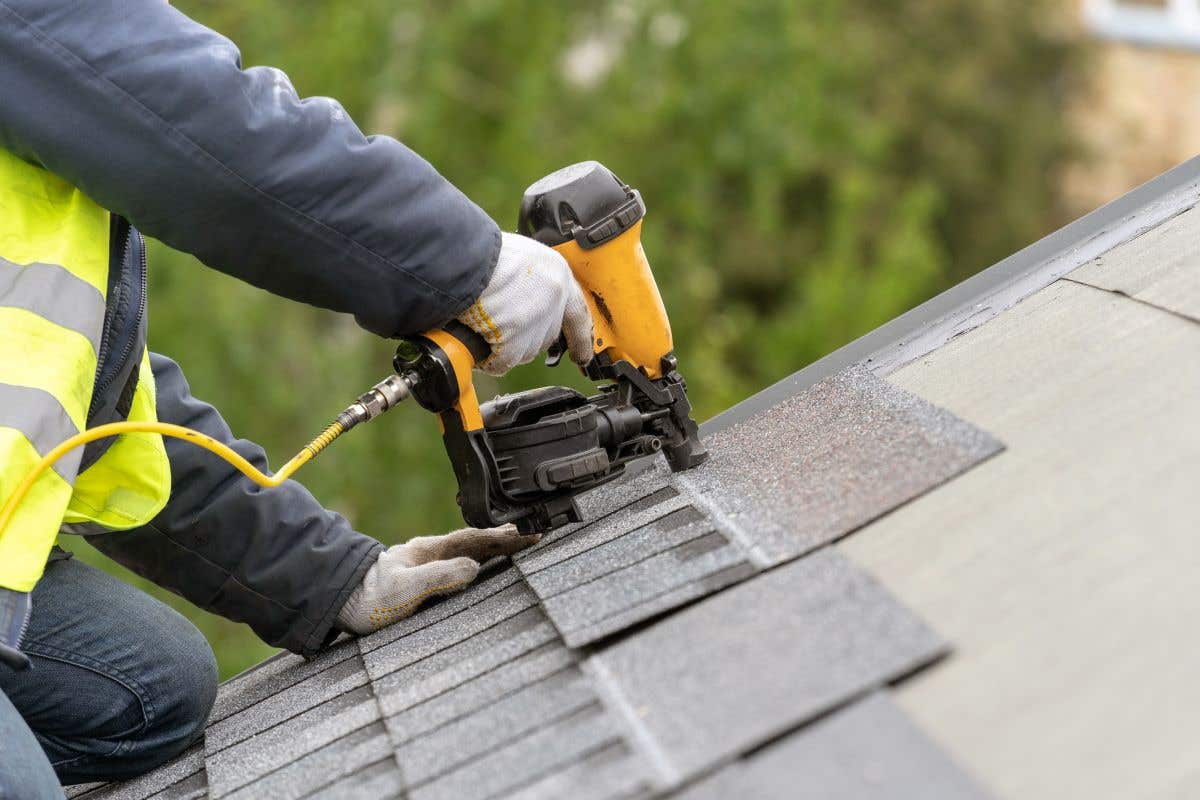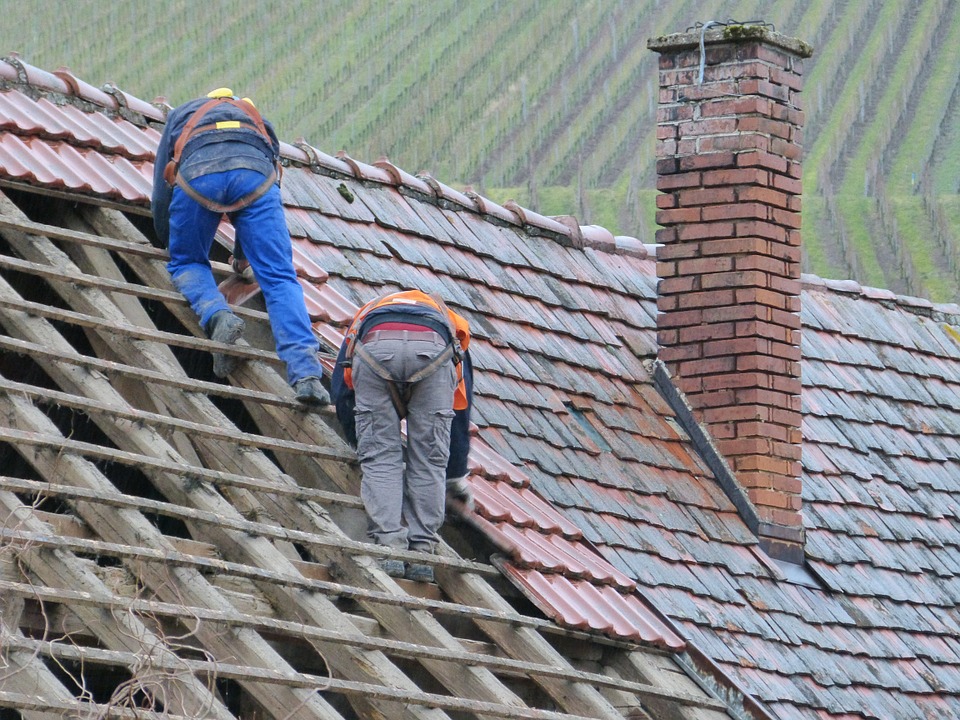Roof Repair Oahu: Quick and Affordable Roof Deals With Near You
Roof Repair Oahu: Quick and Affordable Roof Deals With Near You
Blog Article
Recognizing the Different Sorts Of Roof Coverings: A Comprehensive Guide for Homeowners
In the realm of homeownership, picking the proper roofing style is a choice that brings considerable effects for both capability and visual allure. With an array of alternatives-- ranging from the conventional gable to the modern level-- each type offers one-of-a-kind advantages and obstacles that should line up with the property owner's details demands and environmental factors to consider. Comprehending these distinctions not just help in making an enlightened choice yet additionally influences lasting maintenance and power performance. As we discover the details of various roof types, it comes to be obvious that one dimension does not fit all; the appropriate selection might surprise you.
Gable Roofings
Saddleback roofs, characterized by their triangular form, are among one of the most prominent roof covering designs due to their simpleness and effectiveness in dropping water and snow. This design includes two sloping sides that satisfy at a ridge, enabling efficient water drainage and decreasing the danger of water accumulation. The steep pitch commonly linked with gable roofs enhances their capability to deal with heavy rainfall, making them suitable for different climates.
In addition to their sensible advantages, saddleback roofs supply aesthetic convenience. They can be adapted to various building styles, from standard to modern homes. The style can additionally suit added attributes such as dormer home windows, which boost natural light and air flow in the attic room space.
Additionally, gable roofing systems offer adequate area for insulation, adding to energy performance. Home owners can select from a range of roof materials, including asphalt roof shingles, metal, and ceramic tiles, additionally boosting modification alternatives.
Despite their benefits, saddleback roofs may require extra assistance in areas vulnerable to high winds or hefty snowfall. On the whole, the saddleback roof stays a favored choice due to its blend of functionality, resilience, and aesthetic charm.
Flat Roofs
Flat roofing systems are commonly recognized for their minimal style and sensible applications, specifically in industrial and commercial setups (oahu roofing). These roofing systems feature a almost horizontal or straight surface, which permits for simple building and functional area utilization. While they might lack the visual charm of pitched roofings, flat roofings use various benefits, specifically in urban atmospheres where taking full advantage of area is essential
One of the key benefits of flat roofing systems is their access. House owners can use the roofing space for different functions, such as roof yards, terraces, or photovoltaic panel setups. Additionally, flat roofs are generally more cost-effective to keep and install compared to their sloped counterparts, as they require fewer materials and labor.
Common products utilized for flat roofings include built-up roof (BUR), modified bitumen, and single-ply membrane layers, each offering distinctive advantages. Overall, level roofings offer as a versatile and practical option for numerous house owners and services alike.
Hip Roof Coverings
Hip roofing systems are characterized by their sloped sides that merge at the top, creating a ridge. This design stands out from gable roofs, as all 4 sides of a hip roofing slope downwards towards the walls, offering an extra steady structure. The angle of the slopes can vary, permitting for convenience in building aesthetics and functionality.
Among the key advantages of hip roofings is their capability to hold up against heavy winds and damaging weather. The sloped surface areas allow more info here better water drainage, decreasing the threat of leaks and water damages. Furthermore, hip roofing systems supply boosted attic room area, which can be used for storage or perhaps exchanged livable areas.
However, constructing a hip roof covering can be much more costly and intricate than simpler roofing kinds, such as saddleback roofs. The additional product and labor included in producing the inclines and guaranteeing appropriate structural stability can result in greater expenses. Despite these drawbacks, lots of property owners favor hip roof coverings for their longevity, aesthetic charm, and capacity for energy effectiveness.
Mansard Roofings
Mansard roof coverings, typically acknowledged by their distinct four-sided design, attribute two slopes on each side, with the lower incline being steeper than the top. This architectural design, originating from France in the 17th century, is not just cosmetically appealing however functional, as it makes the most of the functional room in the top floorings of a structure. The steep lower incline enables more headroom, making it an ideal option for attics or loft spaces, which can be transformed into living areas.
Mansard roofs are characterized by their adaptability, fitting various architectural designs, from standard to contemporary. They can be built with different products, including asphalt tiles, slate, or steel, offering this hyperlink property owners with a series of choices to fit their budget plans and preferences. In addition, the style permits for the assimilation of dormer home windows, enhancing all-natural light and air flow in the upper levels.
However, it is vital to think about the prospective disadvantages. Mansard roofings might call for more upkeep due to the intricacy of their layout, and their high slopes can be challenging for snow and rain runoff. Overall, mansard roof coverings combine sophistication with functionality, making them a prominent choice amongst property owners looking for distinctive building attributes.
Lost Roofs
As house owners significantly seek simpleness and capability in their architectural styles, lost roofing systems have actually become a preferred selection. Defined by a solitary sloping airplane, a shed roofing see system presents a minimalist visual that enhances different home designs, from modern to rustic.
Among the main benefits of a shed roof covering is its uncomplicated building and construction, which usually translates to reduce labor and product costs. This style allows for effective water drainage, lowering the risk of leakages and water damage. Furthermore, the upright slope gives enough room for skylights, boosting natural light within the interior.
Shed roof coverings likewise offer versatility in regards to use. They can be properly incorporated right into enhancements, garages, or outside structures like structures and sheds. In addition, this roof covering style can accommodate numerous roof materials, including metal, asphalt tiles, and even green roofings, lining up with environment-friendly efforts.
Nonetheless, it is important to take into consideration local environment problems, as hefty snow lots may demand modifications to the roof covering's angle or framework. In general, shed roofings provide a sensible and aesthetically pleasing choice for home owners aiming to optimize functionality without compromising style.
Final Thought


Gable roofings, defined by their triangular shape, are among the most prominent roof covering styles due to their simpleness and performance in losing water and snow. oahu roofing. The steep pitch commonly associated with gable roofings boosts their capacity to take care of heavy precipitation, making them ideal for different climates
While they might lack the visual appeal of pitched roof coverings, level roofs supply countless advantages, particularly in city atmospheres where taking full advantage of room is important.

Report this page